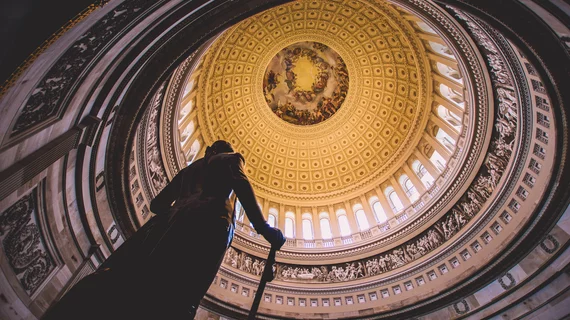ACR to Congress: Pump the brakes on proposed changes that could hurt radiologists
The American College of Radiology (ACR) is now asking Congress to intervene to help stop budget changes that could severely hamper imaging professionals.
College officials are concerned about proposed changes to Evaluation and Management (E/M) services aimed at reducing administrative burdens and improving payment rates. Those are spelled out in the proposed physician payment schedule for 2020 from CMS.
Proposed reimbursement changes would “greatly benefit” some doctors, but penalize others who don’t bill for E/M services, including radiologists. E/M services account for about 25% of all Medicare dollars, and such changes should be debated by the House, the ACR argued in a statement issued Monday, Oct. 1.The ACR also wants to suspend budget neutrality as it relates to this change.
“The proposed CMS policy would reallocate tens of billions of those dollars, which goes beyond the appropriate scope of the power of the executive branch and rightly deserves to be debated in Congress,” ACR CEO William Thorwarth, MD, said in a prepared statement. “Only Congress can waive the ‘zero sum game’ of the Medicare Physician Fee Schedule. ACR will work to get legislation to remedy this proposal considered by Congress.”
Thorwarth also sent a letter to the head of CMS on Friday, Sept. 27—separate from previous public comments—to “underscore our concerns about the direction and consequences of this proposed policy.”
As reported previously, an analysis commissioned by the college estimated that office-based E/M services account for about 25% of all spending in the Medicare Physician Fee Schedule. Increasing the valuation of those services, as proposed by CMS, would spell a $5 billion reimbursement increase in one year. But the ACR is concerned because budget-neutral mandates mean the increase would have to be offset somewhere else. If implemented, the college estimates, the result would be an 8% reduction in payment to diagnostic radiologists, 6% to interventional radiology, 5% to nuclear medicine and 4% to radiation oncology and therapy centers.

